Some Birds Who Love Water
A collection of some birds seen on various bodies of water
A collection of some birds seen on various bodies of water
So not all of these are water birds, but they all live around water. One very special bird has delighted birders in Pima County this summer- the Least Grebe. Seen at El Rio Preserve, this Least Grebe represents a species that is listed as "casual" in Arizona. Casual means it occurs 'less than annually". The Least Grebe is a small gray bird with a yellow eye and a thin bill.
The range map below from AllAboutBirds shows the year-round range for this bird. Other than the southern tip of Texas, this bird is not a regular resident elsewhere in the US. That's how special the current bird is for Tucson area locals.
The Least Grebe is smaller than its very common 'cousin' the Pied-billed Grebe. In the photo below you can compare the size of the Least Grebe to an American Coot. American Coots are a bit longer and a bit heavier than Pied-billed Grebes, which are much larger than the Least Grebes.
I was watching the Grebe from a distance and couldn't hear it. You can listen to its calls at AllAboutBirds and imagine what it is saying. Perhaps it is wondering how the heck it ended up in Marana!!!
Earlier this summer Great Egrets were fishing at El Rio Preserve. I've been saving this shot since then. Great Egrets need to catch many fish this size to fill their bellies. The Egret was fishing in the corner of El Rio where water enters the preserve.
Once a Great Egret catches a fish, it will quickly shake its head vigorously. They do this to get rid of excess water and debris in their bills. You can see the water flying. That vigorous shaking can kill or incapacitate the fish, and then the Egret will toss the fish into the air to reposition it for swallowing.
At Sweetwater Wetlands, a Mallard swam through duckweed. Seeing the position the duck's bill was in made me think the duck may be eating the duckweed. Duckweed gets its name from its close relationship to ducks. It is a protein rich food source for ducks who often spread the plant when it sticks to the feathers and feet of the duck as it moves into other waters. Duckweed is a vegetable consumed by humans in some parts of the world.
The next two birds aren't really 'waterbirds', but they are birds near water. I saw this Western Tanager along the Santa Cruz River. Birdnote shares what a special bird this is.
There is one spot where my friends and I sit to observe birds along the Santa Cruz River. We usually go there in the afternoon so the sun is behind our backs and the birds come down on the other side of the river to drink. It is a great spot for capturing images of the birds with their reflections in the water. This is a Lark Sparrow that came down to drink.
It has been a fun summer for bird photos. It's been brutally hot during the days, but I've figured out how to survive and make the best of it as have the many birds around the area.


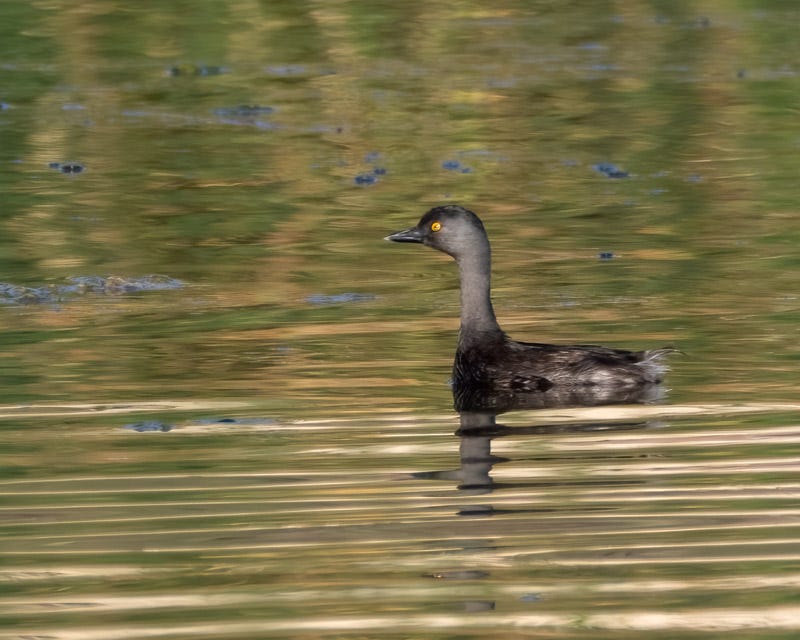

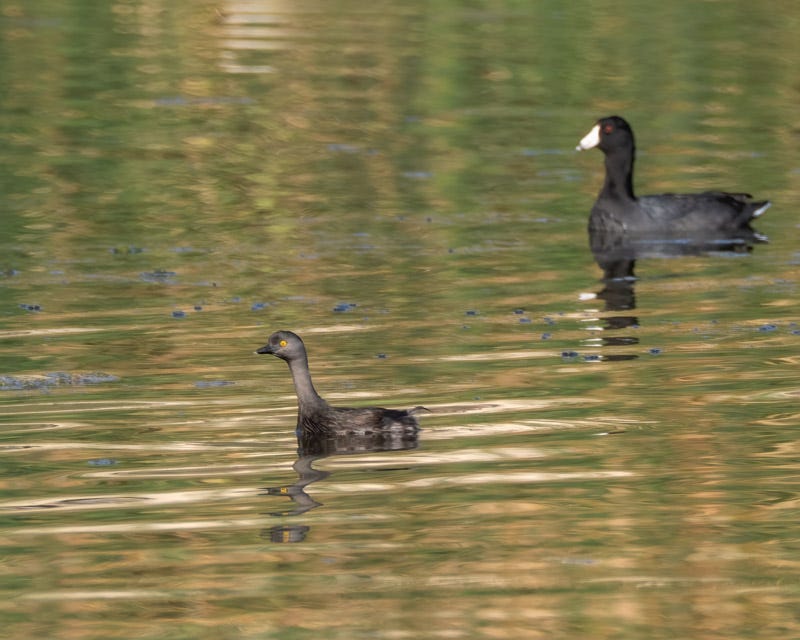
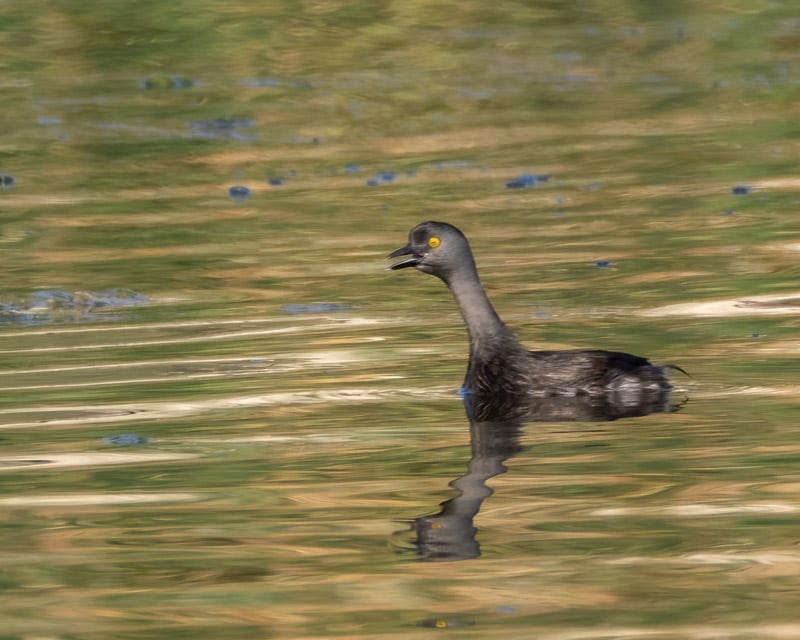
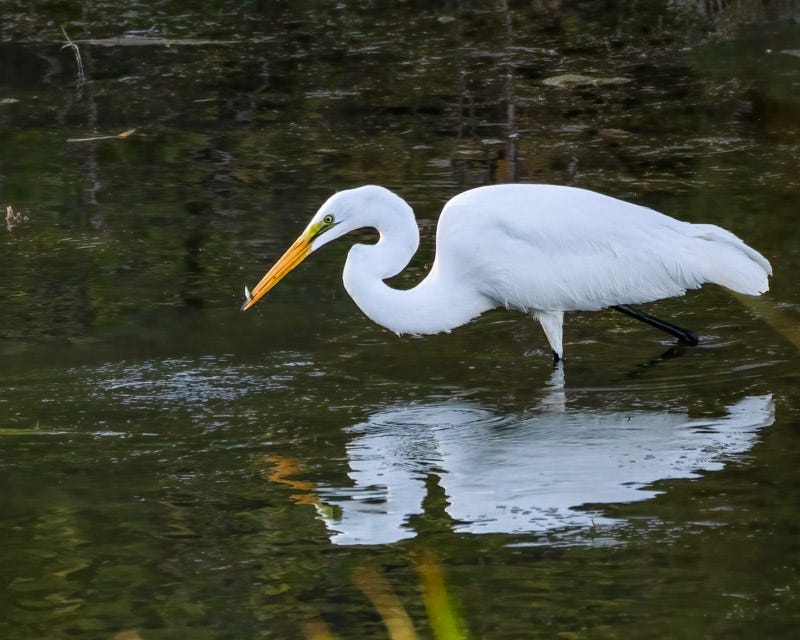
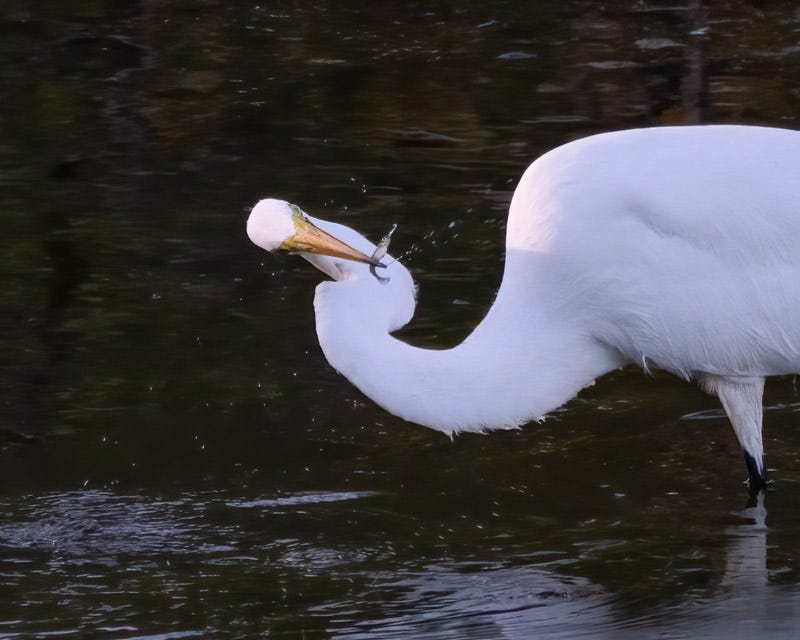
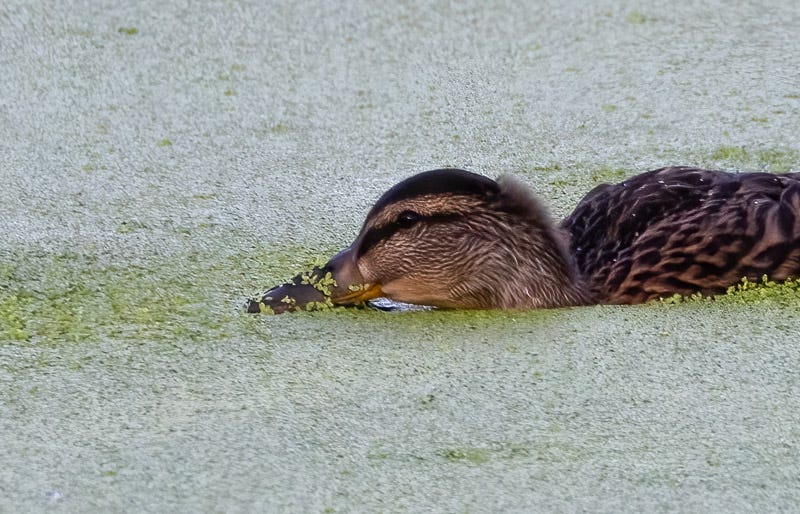


Love that grebe's eye!
Love the shots with the reflections in the water